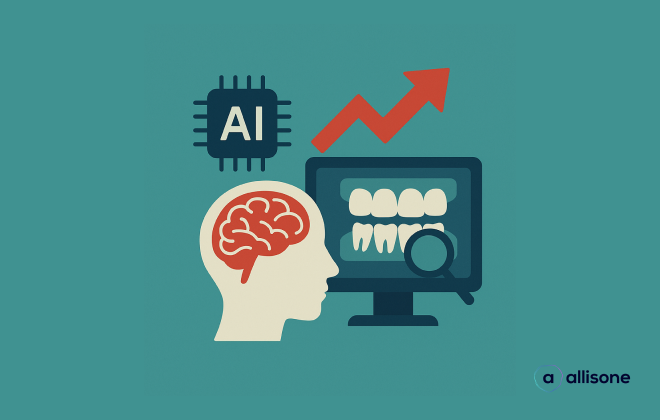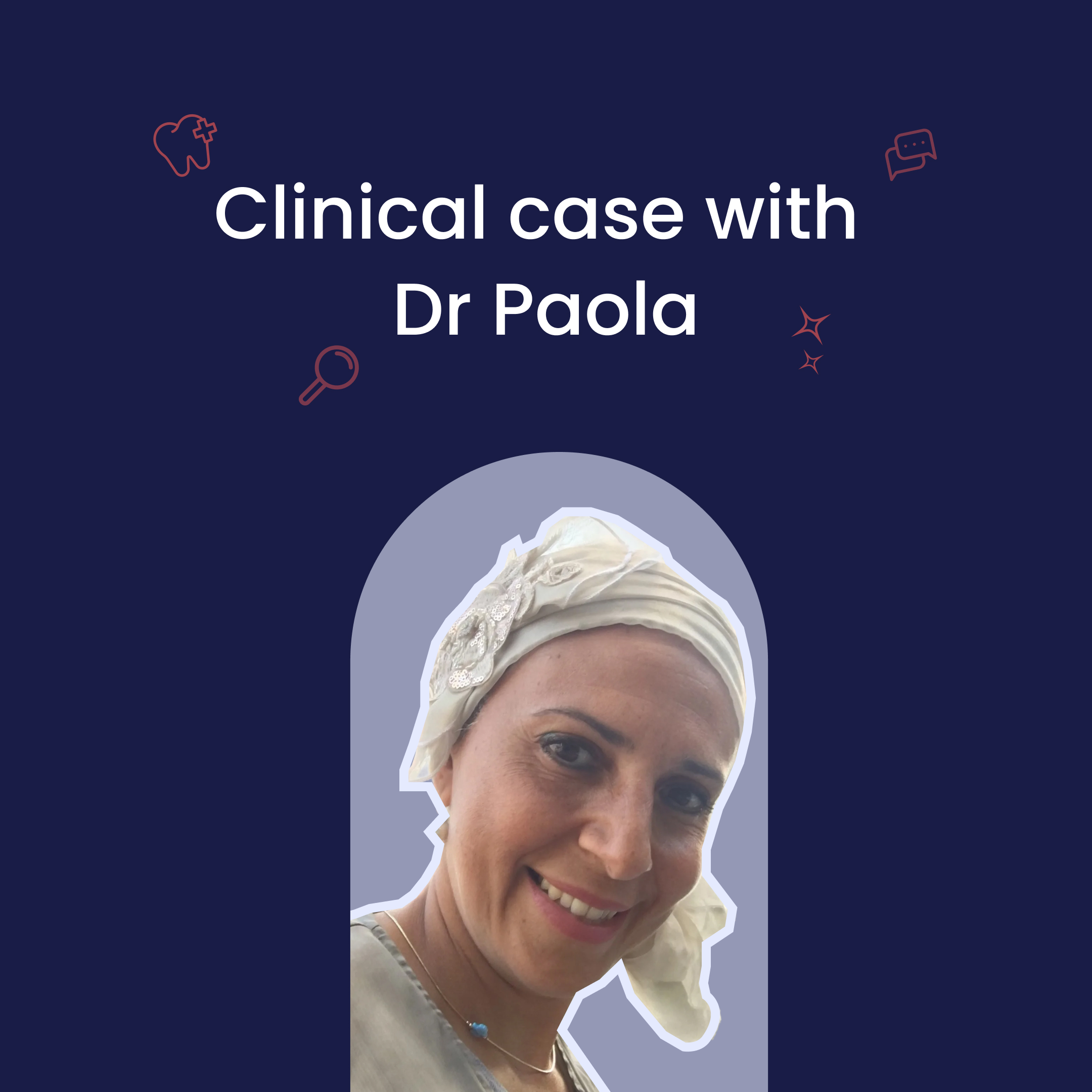
From October 1, 2023, social security reimbursements will change. The French Social Security Department has announced that social security coverage for dental care will be reduced from 70% to 60%. This would represent a saving of around 500 million euros.
In return, Thomas Fâtome, Director General of the Caisse Nationale d'Assurance Maladie, assures us that the change in coverage from 70% to 60% will generate savings of half a billion euros, which would be transferred to finance preventive dental care not currently covered.
This 10-point cut, reducing coverage to 60%, is provoking anger among mutual insurers, provident institutions and complementary health insurers, who will see the co-payment, often at their expense, increase. Naturally, they are already planning to increase their members' contributions. This news has been very poorly received by the entire dental profession, which believes that this measure will have an impact on the general oral health of patients, who will no longer be able to afford certain treatments.
The impact is sure to be felt by patients, who will make fewer visits to the dentist and, what's more, won't be able to afford the dental care they need. Some will postpone treatment and find themselves facing heavier, more invasive and more costly treatments at a later date.
With changes in the dental care reimbursement scale, dentists will have to double their efforts to educate their patients about oral hygiene and prevention, and to build up a relationship of trust with their patients, in order to overcome the problem of cost.
In fact, according to a patient survey, among those who firmly refused treatment proposals, 56% of respondents cited as their main reason the fact that they did not consider treatment urgent, 30% found the price unjustified, and 14% didn 't see the point.
As for those who say they are still in the process of thinking about their dental estimate, they cite a number of blocking reasons: 25% of patients say they don't understand the usefulness of treatment, 25% find their dentist lacks explanations, 35% also mention the cost of treatment and, finally, 39% are afraid to undergo treatment.
This patient survey raises three main issues: lack of confidence due to lack of explanation, lack of understanding of their state of health, and lack of knowledge about the evolution of different dental pathologies and their impact on general health.
To overcome this, Allisone is an effective solution for communicating and strengthening the bond of trust between practitioner and patient.
Thanks to the instantaneous visualization generated by Artificial Intelligence of the color elements on the panoramic radiograph, the practitioner can rely on a visual tool to explain the elements present on the radiograph in a simple, entertaining and educational way. He will be able to highlight elements that are difficult for the patient to see, such as the bone line to explain any bone loss, or the sinuses to show the need for a complex treatment such as a sinus lift. The patient, meanwhile, can see clearly for the first time what the practitioner is explaining.
*According to a patient survey, 49% of those polled said they wished their practitioner had software to support his or her explanations.
Thanks to the color codes, patients can visualize, locate and understand the elements shown on the X-ray and explained by their practitioner. Thanks to this visual and interactive tool, the patient will be able to ask more precise questions to understand the benefits of prompt treatment.

In order to explain to patients the different care options available, both economically and biologically, Allisone offers simple, accessible illustrations of care. This image bank will not only enable patients to understand the process proposed by their practitioner, but also the need to sequence the treatment and adhere to it in its entirety. The patient will then be able to visualize the different proposals and have all the information they need to make the treatment decision that seems most appropriate. Thanks to the treatment illustrations, the practitioner can appeal to the patient's logic and explain the various steps and methods to an anxious patient. Allisone thus facilitates the practitioner's educational role in the consultation and improves patient adherence to the proposed treatment plans.

Last but not least, Allisone enables the practitioner to automatically edit a consultation report to be sent to the patient, either by e-mail or on paper. Depending on the practitioner's choice, this report may contain :
- Color-coded radiographs with tooth numbering, enabling the patient to easily make the link between his estimate and the various elements shown on the radiograph.
- The practitioner's observations.
- Radiological report.
- Easy-to-understand information sheets, accessible to all patients, to help them understand the information shared by their practitioner, and use this information to make an informed decision, even outside the office.
*According to a patient survey, 70% of those questioned would have liked to have a record of the consultation, and 46% would also have liked to have simple information sheets on diagnosis and treatment.

In a financial context that is likely to become tighter, the importance of understanding patients will become a key issue in encouraging them to consult regularly, and to use preventive, minimally invasive and above all less costly care, in order to maintain good health and oral hygiene for as long as possible.
As human beings retain "20% of what they hear, 30% of what they see and 50% of what they see and hear", the combination of visualization and explanations offered by the Allisone experience will enable the patient to integrate and memorize the information shared during his dental consultation. The consultation report can then be used as a future reference, perhaps by sharing it with other financial decision-makers in the household, who can in turn understand the stakes involved and the importance of seeking prompt treatment.

Articles en lien
Lorem ipsum dolor sit amet, consectetur adipiscing elit.

New standard: Safety and traceability of implants









